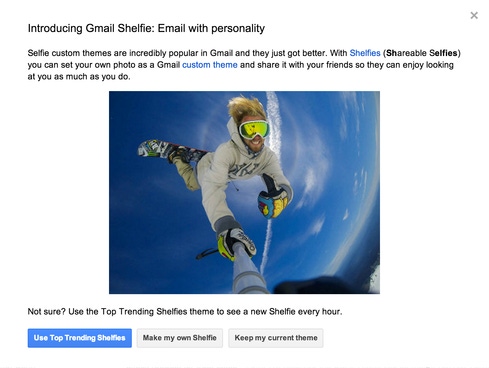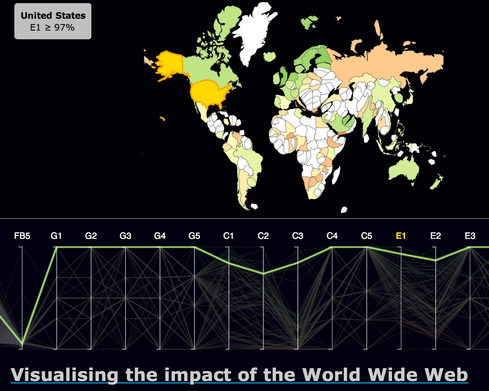Google launches its 7th Gmail-based April Fool's Day stunt, but this one is not a joke.


Web Turns 25: 10 Graphics To See
Web Turns 25: 10 Graphics To See (Click image for larger view and slideshow.)
Ten years ago, on April 1, 2004, Google launched Gmail, bringing much needed competition to the email service market. It was no joke, and it eventually grew to challenge the leading online email services of the day -- AOL, Hotmail, and Yahoo Mail.
Nonetheless, it has served as a vehicle for April Fool's Day humor for years. In 2007, for April Fool's Day, Google introduced Gmail Paper, a service to print and mail paper copies of Gmail messages. Two years later, Postcardly turned something similar into serious service.
In 2008, Gmail received another April Fool's Day feature: Gmail Custom Time, a way to set an email timestamp to have a message arrive in the past. The company set a usage limit of 10 pre-dated messages per year to avoid undermining people's faith in the accuracy of time.
The following year at the same time, Google introduced Gmail Autopilot, an email autoresponder powered by a fictional artificial intelligence system called CADIE. If only there were such a thing that actually worked. Now that Ray Kurzweil is working at Google, perhaps we won't have to wait much longer.
[Google is trying to build faith in cloud services. See Google Makes HTTPS For Gmail Mandatory.]
In 2011, Gmail's April Fool's Day enhancement imagined something like Microsoft Kinect for messages: Gmail Motion offered a way to transform gestures into Gmail commands using a webcam.
Gmail Tap arrived a year later, promising a two-button keyboard to replace the cramped alphanumeric keyboards on mobile phones -- for those willing to type in Morse code.
And last year, Google announced Gmail Blue: "It's Gmail, only bluer," a Google video explains, channeling the sensibility of This Is Spinal Tap. An enterprising developer subsequently made this real in the form of a Chrome extension.
This year, for its tenth anniversary, Google's April Fool Day jest actually works: Gmail Shelfie allows Gmail users to take pictures of themselves ("selfies") using an available webcam and to save the images as a Gmail background theme. Not only that, but Gmail users can share their selfies -- the term "Shelfie" stands for "shareable selfie" -- and can set Gmail to display the Trending Shelfies theme, which loads a new, popular, shared selfie every hour.
"Gmail Shelfie is built on the idea that you shouldn't be selfish with your selfie," explains Google engineer Greg Bullock in a blog post. "With just a few clicks, your mom, your aunt, or that girl you have a crush on can set your Shelfie as their Gmail theme so they can enjoy checking, reading, and writing emails while seeing your friendly face in the background."
Google's April Fool's Day merriment isn't confined to Gmail: Google Japan has introduced a new input mechanism, the Magic Hand; Google's Nest division has announced a partnership with Virgin Airlines to provide personal climate zones for its planes through a project called Total Temperature Control; and Google Maps has launched Pokemon Challenge, a Pokemon hunting game that actually works.
Google's video suggests that the top Pokemon hunters -- by the deadline, April 2, 2014, at 2:00 p.m. PDT -- will be invited to Google's headquarters and that one of these finalists, following some undisclosed evaluation, will be invited to apply for a job at Google.
Whether there's some element of truth in this joke isn't entirely clear. Google didn't immediately respond to a request for clarification. The video's disclaimer doesn't explicitly rule out the possibility that Google might actually consider a participant for hiring. But the inclusion of Google's jobs URL suggests that those aspiring to be hired will have to survive Google's interview process, just like anyone else. And that's tougher than finding a few Pokemon.
Too many companies treat digital and mobile strategies as pet projects. Here are four ideas to shake up your company. Also in the Digital Disruption issue of InformationWeek: Six enduring truths about selecting enterprise software. (Free registration required.)
About the Author(s)
You May Also Like







